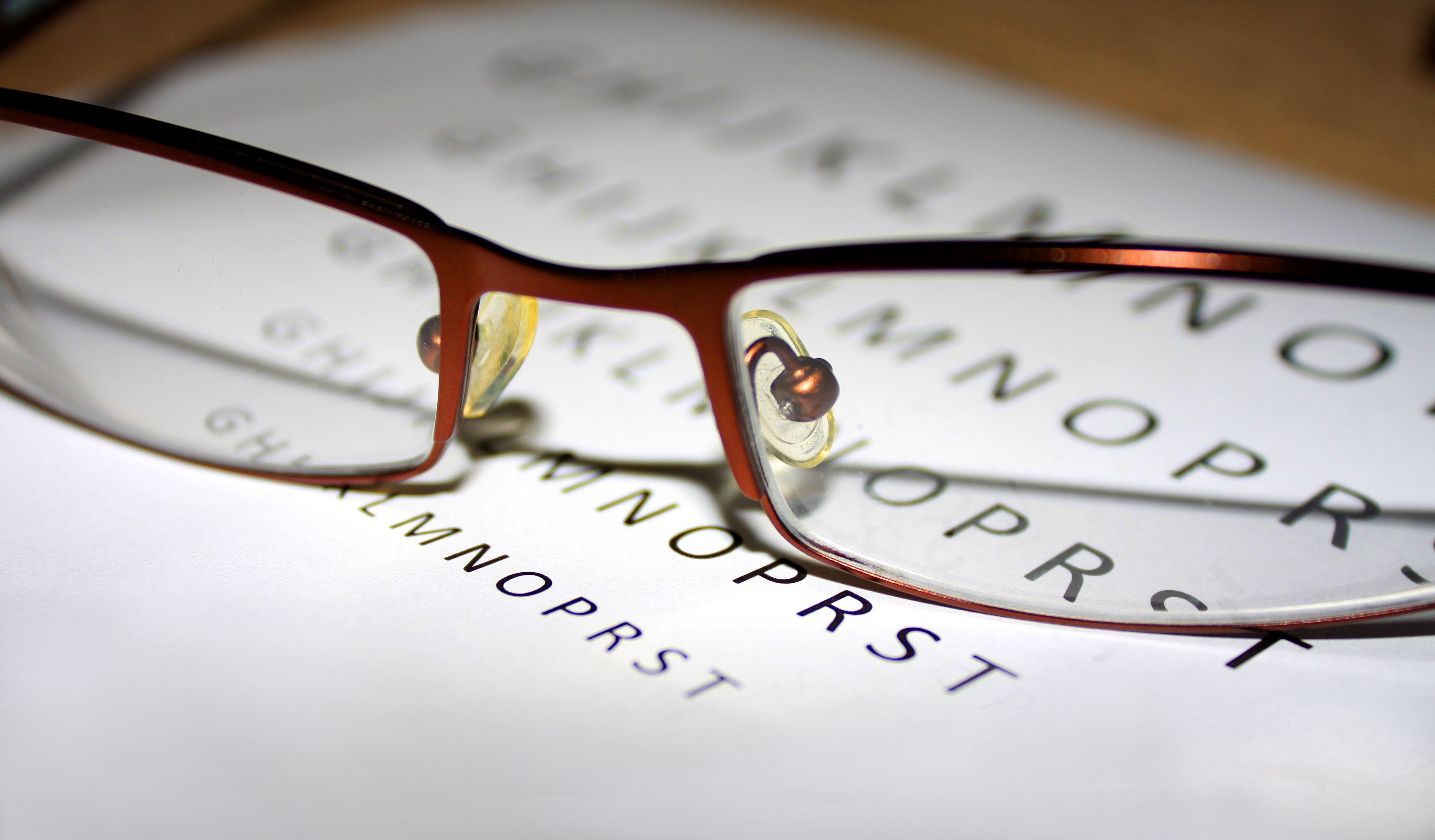Video
Barriers to Care for Patients With Diabetic Retinopathy
Barriers in care of patients with diabetic retinopathy and strategies available to increase easy access to care.
Transcript
Jose Martinez, MD: One of the biggest hurdles we have in our healthcare system is making sure patients get timely examinations to screen them for disease. If they have disease, they need to make sure they’re seen by an eye care specialist who’s well versed in managing diabetic eye disease. In this country, that’s typically retinologists who do this on a routine basis.
Multiple studies have shown patients do not get timely screening exams. Fifty percent of them, based on most studies, do not get adequate screening exams by eye care specialists in this country. There’s a tremendous need to make sure they get screened. Primary care doctors are aware of it, but for whatever reason, the system is letting a lot of patients fall through the cracks.
Consequently, we need to come up with new processes to get patients screened. Something that can be done that will increase timely exams based on our experience and on studies that have been published is telemedicine: the screening in a primary care doctor’s office with cameras allowing the capture of a retinal image that’s then read by a retinologist to determine if this patient needs to be seen by the retinologist to manage their diabetic eye disease, if they have it.
Some of the barriers to patients getting their recommended screening exam include the increased cost of seeing another doctor, someone else they have to see when they don’t perceive any problem with vision. Why are they going to waste their time, miss another day at work, and pay another co-pay? All these are barriers to screening. That’s the biggest one, in my opinion.
Robert Wong, MD: One of the strategies to overcome the barriers to screening patients is to employ telemedicine.
One strategy that has great potential is teleretinal imaging. What happens is this: a patient will have an image of their retina taken with a non-mydriatic fundus camera at a primary care physician’s office. This is often done at the laboratory where they’re already getting blood work done, and they can simply have a picture taken of the back of their eye. This image is then uploaded to a cloud-based platform where a trained reader will interpret the image. This trained reader may be an ophthalmologist or a retina specialist.
A report is then generated and sent back to the primary care physician as well as the patient. When there’s coordinated care, these patients may be referred directly to an eye specialist. What this does is that it eliminates several of the barriers, including lack of transportation, lack of time, as well as lack of cooperation.
It can also reduce cost for the patient. There’s no longer a need to make another doctor’s appointment. You don’t have to take another day off of work, and it also helps the caregiver and family members who need to bring them to doctor’s appointments.
Likewise, it can reduce cost to the healthcare system. A simple image is going to be less costly than having to cover the cost of another doctor’s appointment.
Furthermore, it can help the ophthalmologist practice’s patient flow move smoother. If you can eliminate the 50% no-show rate for patients who don’t show up for their diabetic eye screening, it can be very helpful.
One of the benefits of teleretinal imaging is that it can also identify patients who truly have diabetic retinopathy and vision threatening disease. Think of it this way: if you’re a patient who has diabetic retinopathy, which is something that can affect their vision, and you’re told that you need to see a retina specialist or an eye doctor promptly, would you want to make that appointment? I suspect yes.
Deep learning algorithms are showing a lot of promise in detecting pathology in retinas, and thus far, they have been shown to be beneficial in detecting macular degeneration and glaucoma. For diabetic retinopathy, it’s almost there. One of the most important things is to improve the sensitivity of these diagnostic tests and algorithms to aid physicians in detecting these vision problems.
There’s 1 home monitoring system that’s already FDA approved to detect subtle changes in patients’ vision in the field of age-related macular degeneration. Anything that can help a patient detect something while they’re not being seen at a physician’s office can be helpful. Early detection and prompt treatment can save vision.
Some payer organizations are recognizing the benefit of teleretinal imaging and home monitoring systems. Many studies show that early detection of disease can lead to prompt treatment, and these can be vision saving. A lot of these organizations are also recognizing that short-term investment in these can lead to long-term savings down the road.
Hopefully more commercial insurers will come on board.





